The Benefits of Squats and How to Do Them
The Benefits of Squats and How to Do Them
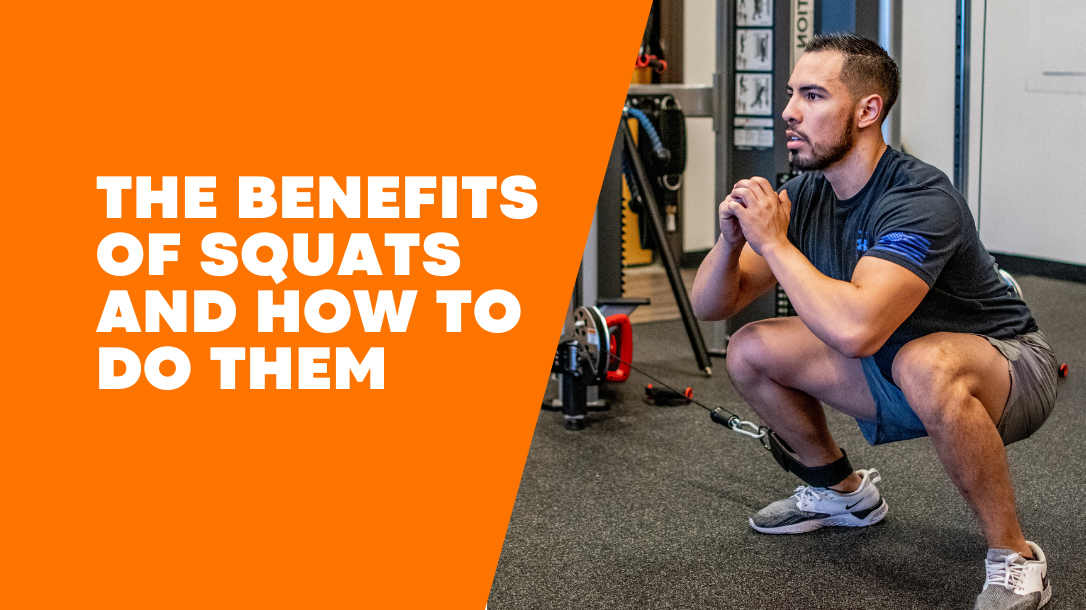
Squats: love them or hate them, but do you have to do them?
While no one should feel they have to do anything in the gym if they don’t want to, we do have a good argument for why squats should be a part of everyone’s routine.
First of all, squats are not just for the heavy lifters. From the casual gym-goer to the expert bodybuilder, anyone can reap the benefits.
One of the most critical benefits of squats, when performed correctly, is that it keeps your body functioning properly by supporting better balance, stability, and mobility—something everyone needs.
Of course, there are benefits if weight loss is your goal, thanks to the squat's calorie-crushing abilities. After all, the squat is one of the more challenging exercises. Hello, it's you vs. gravity.
Yet, just like with any exercise, you first need to know how to do them first.
So let's dive into the health benefits of squats and how to do them!
How to Squat Properly
As we said, squats have a lot of benefits, and as it turns out, there are just as many squat variations! However, first and foremost. knowing how to do a basic, bodyweight squat is essential.
How to Do A Bodyweight Squat:
- Begin with your feet slightly wider than hip-width apart.
- Keep your chest up, engage your core muscles (your abs), and shift your weight onto your heels as you push your hips back as if you are about to sit in a chair.
- Inhale and lower your hips until your thighs are parallel or almost parallel to the floor. (If you're not familiar with performing a squat, having a low chair behind you is a good idea, just in case you lose your balance!)
- As you lower yourself into the squat, you should feel it in your thighs and glutes (your butt!). Also, neither your heels nor your toes should rise off that ground as you squat.
- Pause with your knees over, but not beyond, your toes.
- Exhale and return to the starting position, squeezing your glutes as you come up.
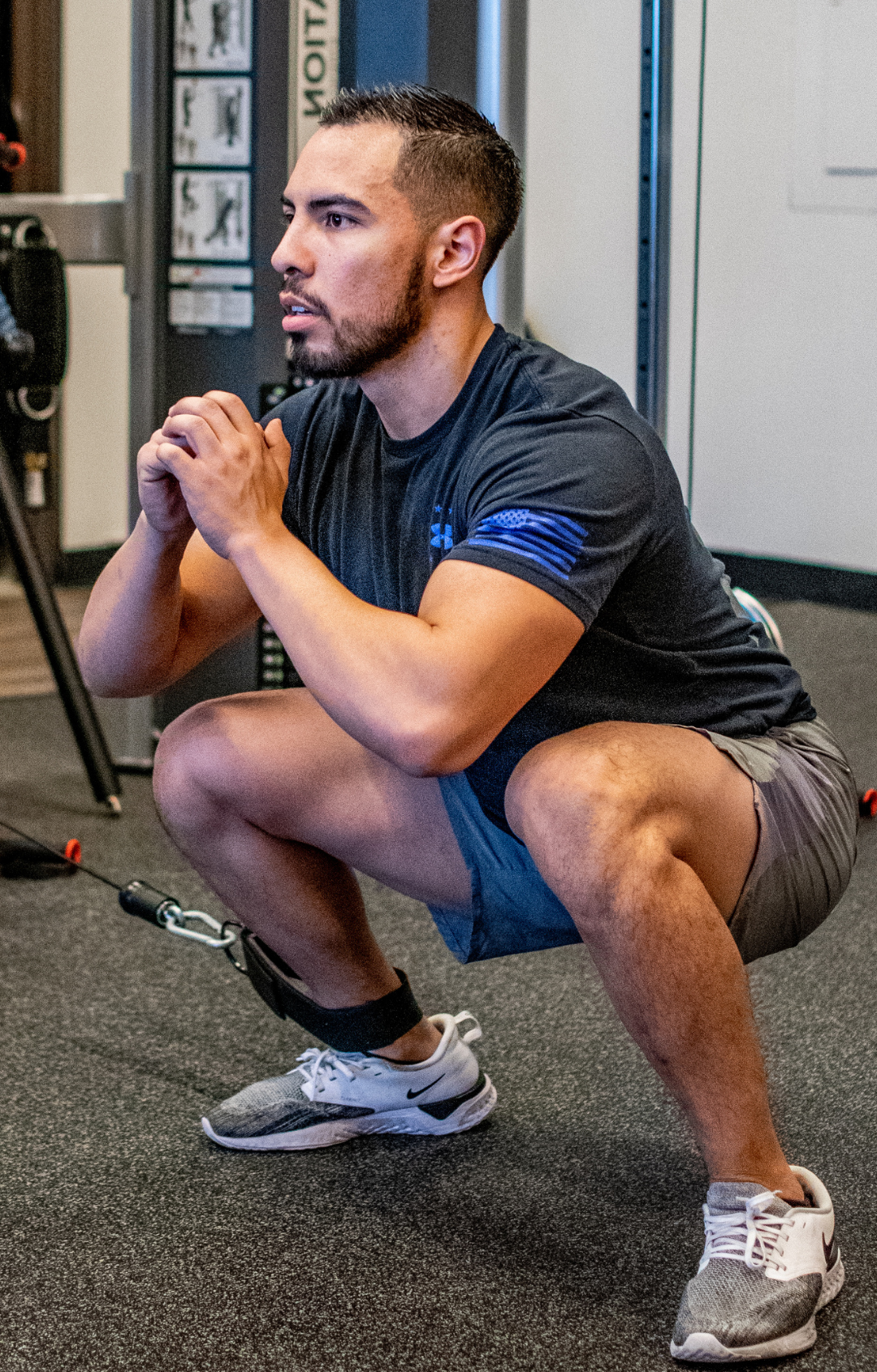
That's how you perform a bodyweight squat. Ideally, practice this in front of a mirror so you can keep an eye on your form. Remember: chest up, abs tight, and don't let your toes or heels raise. If you find that your toes or heels do raise as you squat, that means your leg muscles are tight, so focus on leg stretches to help open up your hamstrings, hip flexors, and calves.
Once you master the basic squat, you can begin trying different variations. The goblet squat, the overhead squat, the traditional barbell squat, the wall squat, and many more. Take time to research each variation and then try them out for yourself!
PRO-TIP: If you have never done the squat before or if it's been a while, it is best to work your way up to the barbell squat instead of diving right into it. Establish your body's foundation first (aka, strengthen your knees, balance, loosen tight hip and leg muscles, etc.) the progress your abilities by starting with the bodyweight squat, master it, and then move toward the goblet squat, master that, and from there, work your way up to the barbell. Ideally, spend 4-6 weeks with the bodyweight squat before moving on. Spend four weeks with each variation, or longer if you feel you need more time. There is no rush!
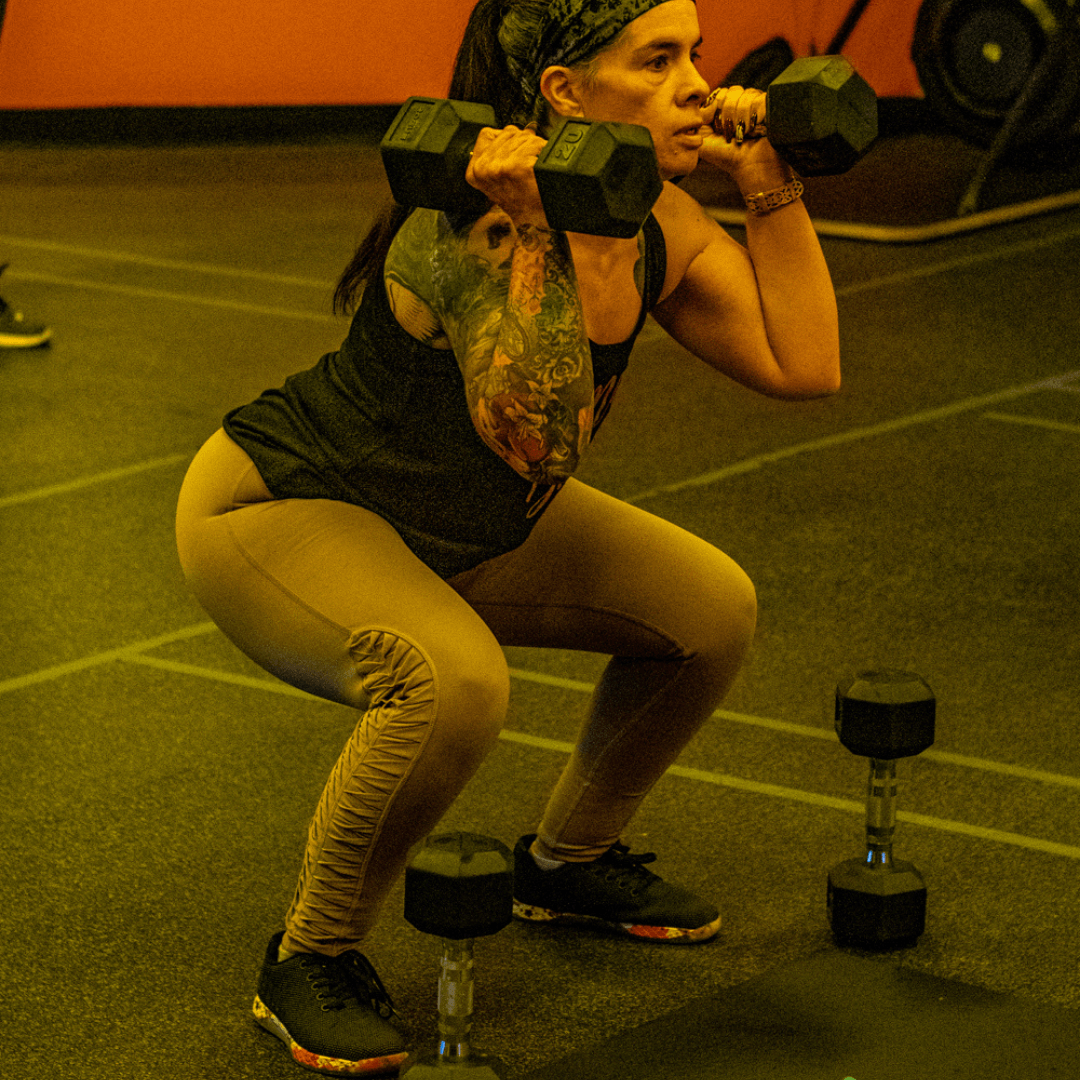
Benefits of Squats #1:
Strengthens Muscles and Reduces Chance of Injury
Incorporating squats into your workout helps strengthen your bones, ligaments, and tendons in your lower body. When you maintain your lower body in this way, you can perform full-body movements with better balance, posture, and mobility. Reinforcing your ligaments, bones, and tendons also help reduce the chance of injury during exercise and in day-to-day activity.
Benefits of Squats #2:
Serious Calorie Burning
It's a common misconception that you need to do cardio if you want to burn calories and lose weight. While cardio does burn calories, it's exercises like the squat that can stoke some serious calorie burning, help build muscle, and have a more prolonged thermal effect than cardio.
One study from Harvard found that a 155-pound person can burn around 223 calories from performing 30 minutes of weight training, such as the squat. But it's that aforementioned thermal effect that makes compound movements like the squat the winner of calorie burning. When you perform vigorous weight training, you can still be burning calories as you go about the rest of your day for upward of 36 hours after your workout. In contrast, with traditional cardio, the thermal effect lasts only a few hours.
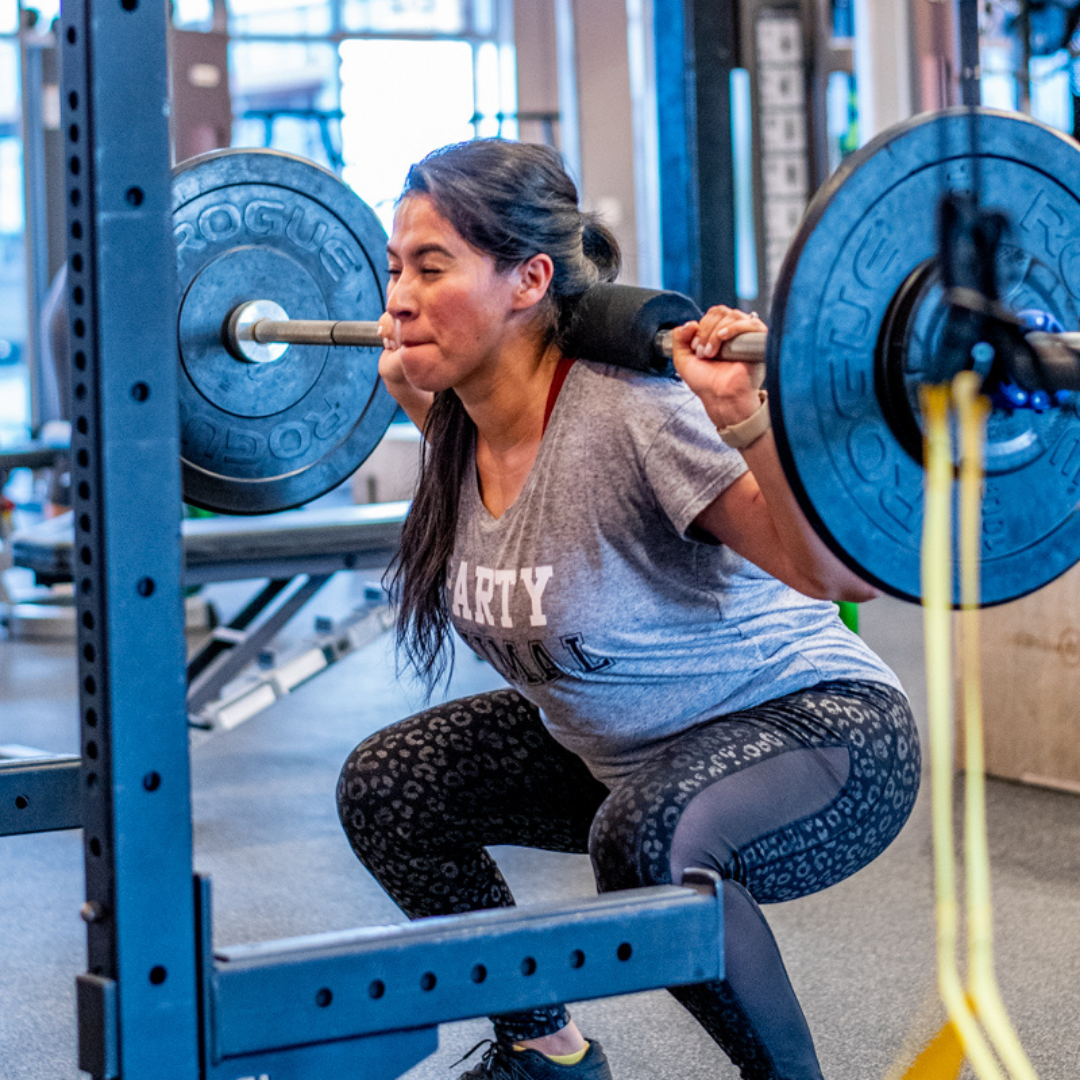
Benefits of Squats #3:
Stronger Glutes
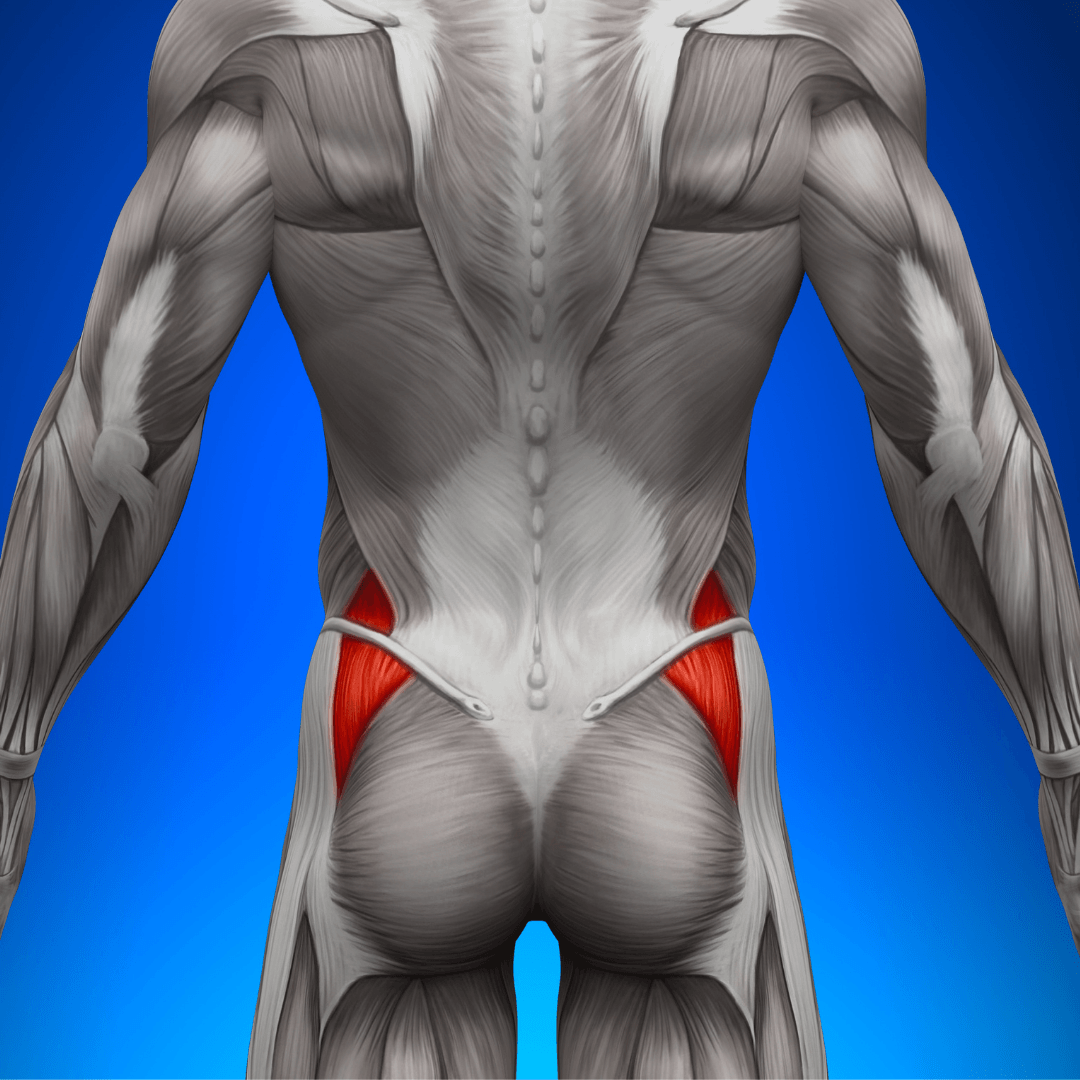
If your goal is building up your booty, then squats are your new best friend.
One of the prime movers (the muscle doing most of the work) in squats is your gluteus maximus, aka, your butt. The gluteus maximus is the largest muscle in the human body and is also a principal player in many day-to-day movements. Working it out contributes to strengthening our daily activities. The rest of the glute muscles also get worked out during the squat, helping establish better stability overall.
But all that gluteus work results in, as the saying goes, "buns of steel." By performing squats, you not only are helping your body with better stability and reduced injury risk, but you're also working to sport a rocking butt.
There's A Reason The Squat Is Called The King Of Exercise
It is a win-win across the board when adding the squat into your regular workout routine. From the benefits you get for your overall health and well-being to building stronger, more effective glute muscles. There is a reason why the squat is considered the king of all exercise.
Just keep in mind, as we said prior, that if you have never done squats before or if it's been a while, you need to give your body time to build up. You're doing yourself no favors if you jump right into a barbell squat and end up injuring yourself.
Start with the bodyweight squat and grow from there. Before you know it, you'll be a squat master.
